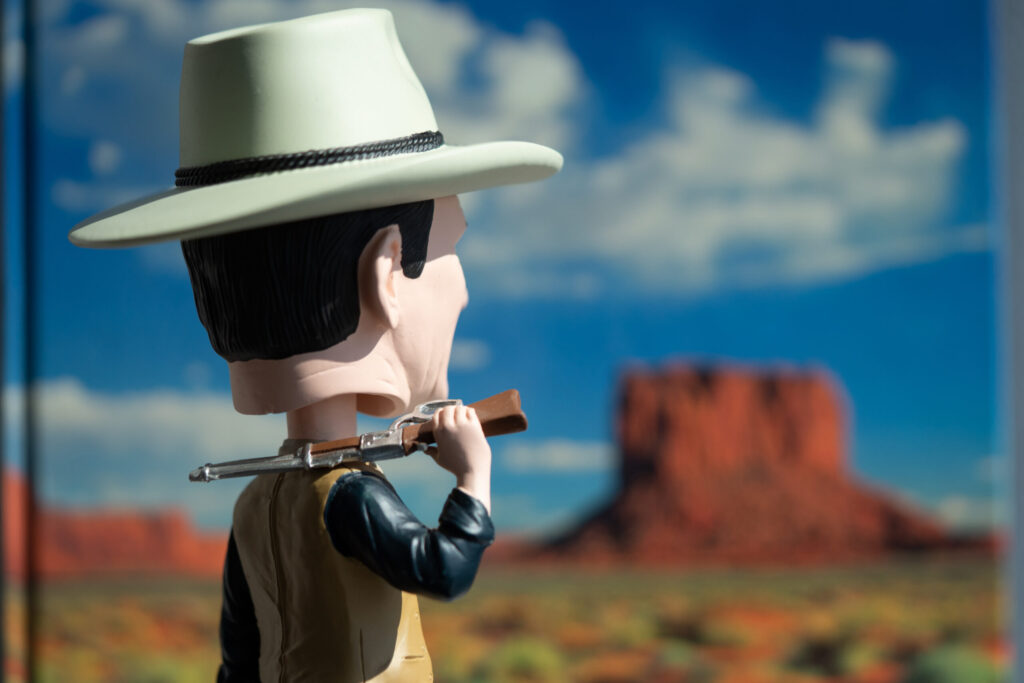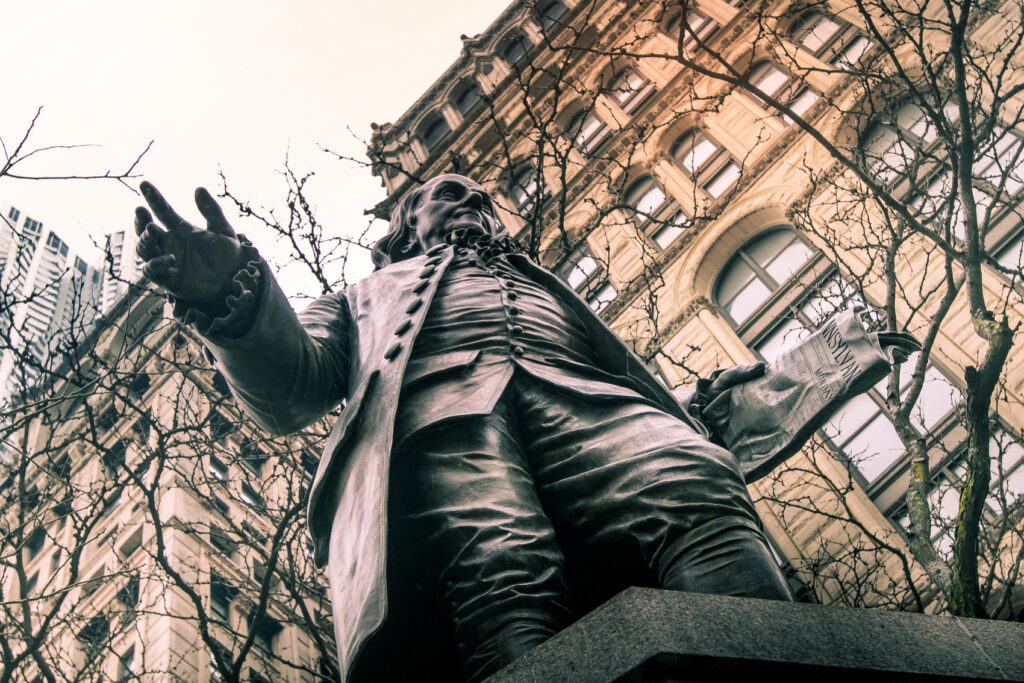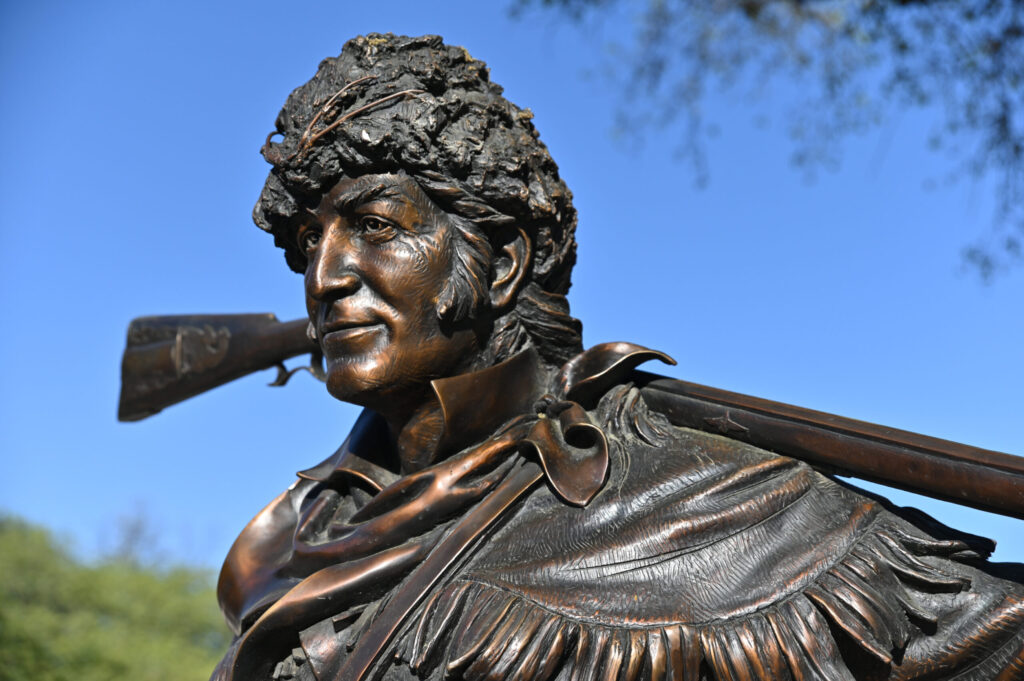The Warrior America Couldn’t Break: Why Crazy Horse Still Rides On

Crazy Horse: The Warrior Who Would Not Yield
A True Legend of the American Spirit
He never signed a treaty. He never surrendered. And he never allowed a photograph to be taken.
Crazy Horse, born around 1840 near what is now Rapid City, South Dakota, was an Oglala Lakota war leader whose name has come to symbolize resistance, dignity, and the enduring spirit of Native America. Known for his humility and visionary leadership, Crazy Horse was a quiet, reserved man who nevertheless earned legendary status through his fierce commitment to protecting his people, their land, and their way of life.
From a young age, he stood apart. Called “Curly” as a boy because of his light, wavy hair, he later earned the name Crazy Horse following a vision quest — a sacred ritual that confirmed his destiny as a warrior. His rise came during an era of profound turmoil, as the U.S. government broke treaties and pushed settlers into the Great Plains, threatening centuries of Lakota tradition and sovereignty.
Crazy Horse is best known for his leadership in the Battle of the Little Bighorn in 1876, where he played a key role in the stunning defeat of Lt. Col. George Armstrong Custer and the 7th Cavalry. The victory, however, did not bring peace. The U.S. military redoubled its efforts, and within a year, many Native leaders were forced to surrender. Crazy Horse held out longer than most, continuing to resist until starvation and cold took their toll on his people.
In May 1877, he agreed to relocate to Fort Robinson, Nebraska, under a promise of safety. But in September of that same year, amid fears that he was planning a breakout, he was arrested. During a scuffle at the fort, a military guard fatally stabbed him with a bayonet. He died later that night, at about 35 years old.
Though he died young, Crazy Horse’s legend grew far beyond the battlefield. To this day, he is remembered not just for his bravery, but for his principles. He never sought wealth, fame, or political power. He believed in living simply, acting honorably, and protecting what was sacred.
In 1948 — more than 70 years after his death — work began on what would become the Crazy Horse Memorial, a massive mountain carving in the Black Hills of South Dakota. Sculptor Korczak Ziolkowski, who had worked on Mount Rushmore, accepted an invitation from Lakota Chief Henry Standing Bear to create a monument “so the white man will know the red man has great heroes, too.” Ziolkowski worked on the project until his death in 1982, and his family has carried on the work since then.
The memorial, still under construction, will eventually depict Crazy Horse riding a horse and pointing to his homeland. When finished, it will be the largest mountain carving in the world, standing 641 feet long and 563 feet high — dwarfing Mount Rushmore in size and scope. The site also includes the Indian Museum of North America and the Indian University of North America, aimed at preserving Native culture and educating future generations.
Crazy Horse’s physical image may remain a mystery — no confirmed photograph of him exists — but his legacy is carved into the heart of America. He represents a kind of unshakable moral clarity that transcends time: the belief that freedom is worth defending, that identity is worth preserving, and that some spirits cannot be broken.
Even in death, Crazy Horse remains undefeated.
RECENT


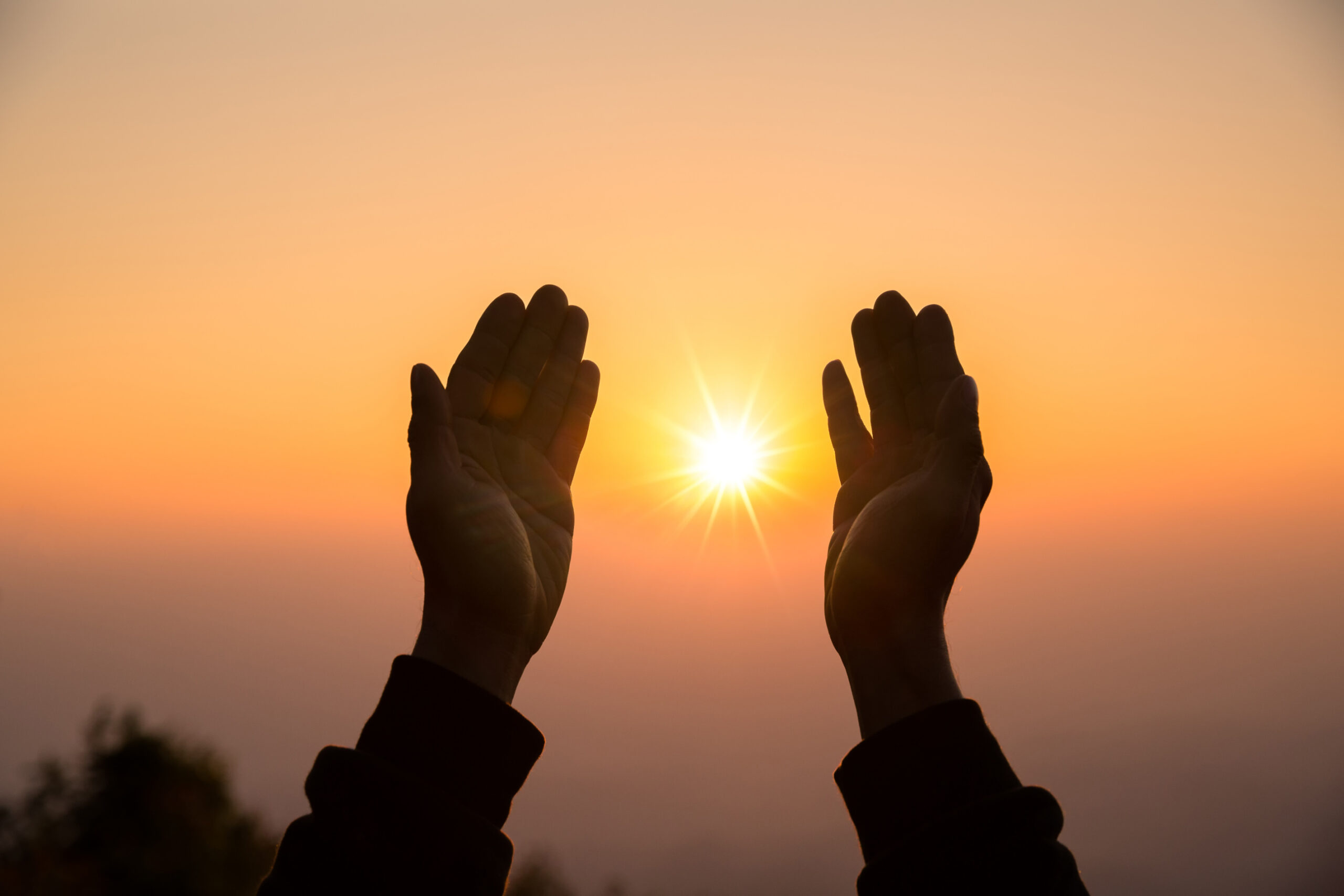
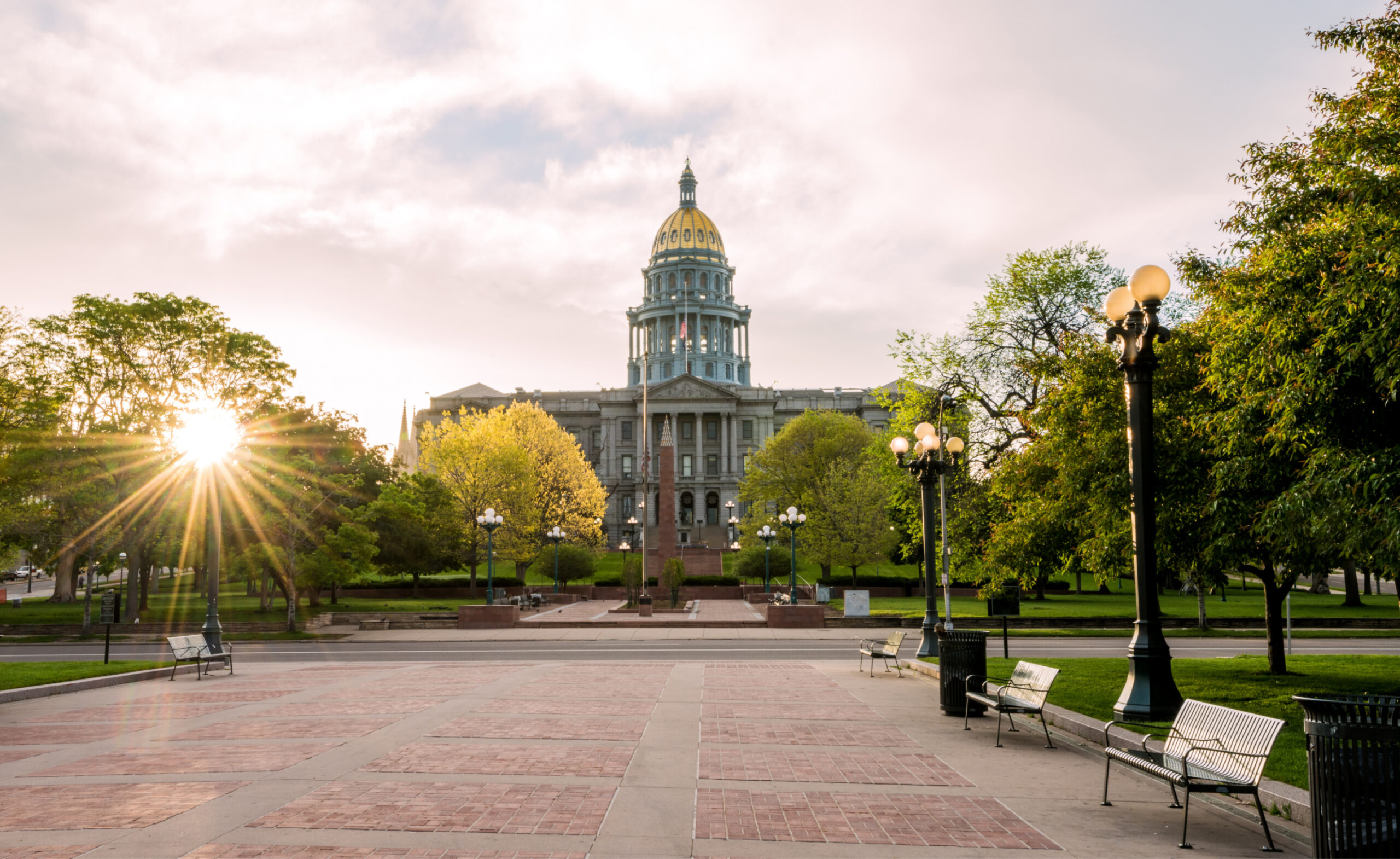






BE THE FIRST TO KNOW
More Content By
Think American News Staff









